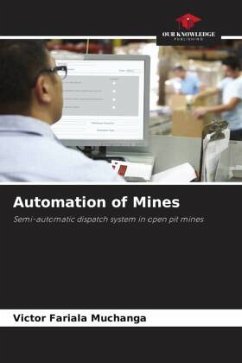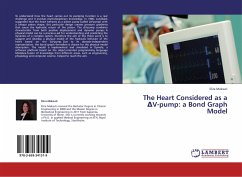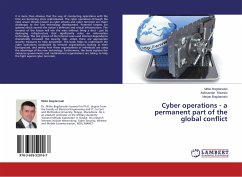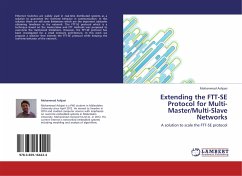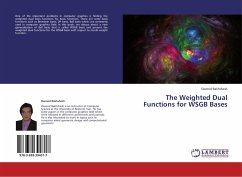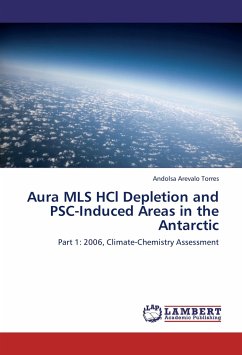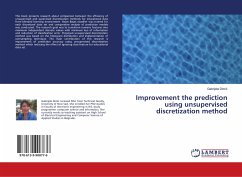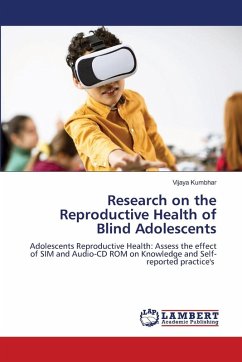
The evolution of snake toward automation
for multiple blob-object segmentation
Versandkostenfrei!
Versandfertig in 6-10 Tagen
39,99 €
inkl. MwSt.

PAYBACK Punkte
20 °P sammeln!
For the last two decades active contour or snake has been effective as an interactive image segmentation tool in a wide range of applications. Although successful as an interactive segmentation tool, snake exhibits poor performances in various noteworthy image segmentation applications that require complete automation. This book presents a novel, completely automated snake/active contour algorithm for multiple blob-object delineation. The algorithm consists of three sequential steps: snake initialization, snake evolution and snake validation. Existing efforts towards snake automation have conc...
For the last two decades active contour or snake has been effective as an interactive image segmentation tool in a wide range of applications. Although successful as an interactive segmentation tool, snake exhibits poor performances in various noteworthy image segmentation applications that require complete automation. This book presents a novel, completely automated snake/active contour algorithm for multiple blob-object delineation. The algorithm consists of three sequential steps: snake initialization, snake evolution and snake validation. Existing efforts towards snake automation have concentrated only on the succession of initialization and evolution steps and have practically overlooked the snake validation step. Here, we emphasize that we cannot skip the validation step, even though the initialization and evolution have performed well. Our proposed novel validation step, executed after complete convergence of a snake contour from a given initialization, classifies the evolved contour into desired object and non-object classes. In the validation step, we classify the snakes into object and non-object classes using a novel adaptive regularized boosting.




